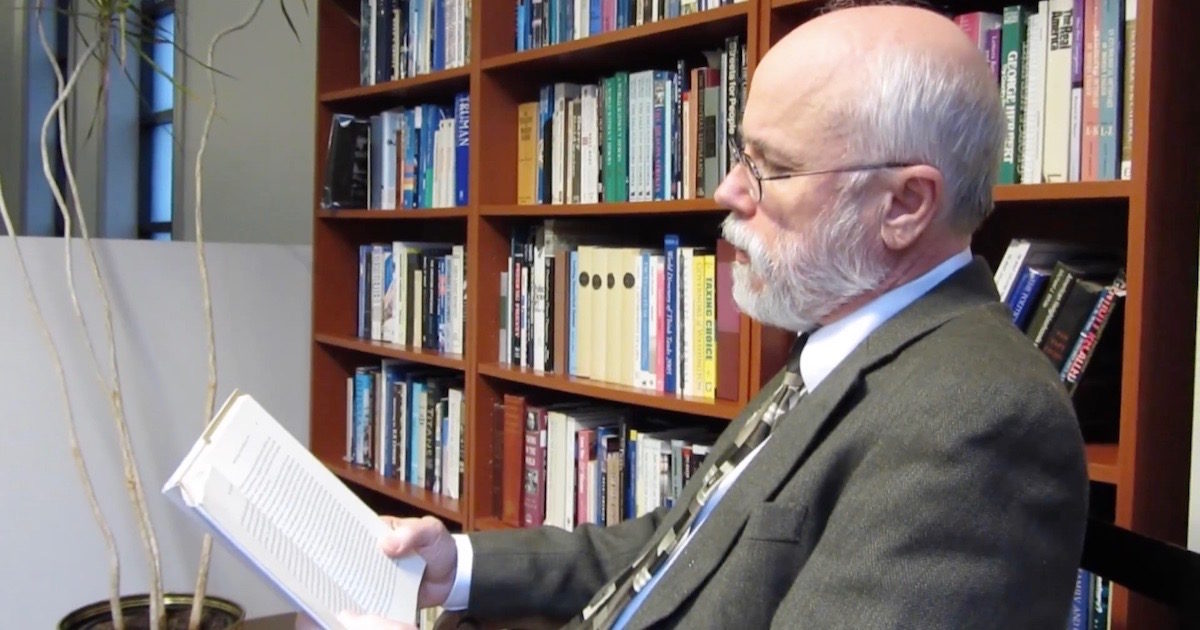
© Discovery InstituteMichael Behe, a scene from Revolutionary: Michael Behe and the Mystery of Molecular Machines.
Michael Behe, professor of biochemistry at Lehigh University, has been keeping committed Darwinists awake nights for years. His 1996 book
Darwin's Black Box: The Biochemical Challenge to Evolution asked a long-ignored question:
If Darwin's theory explains everything so well, why hasn't anyone shown how it works at the minutest level, biochemistry? If it doesn't work there, it doesn't work anywhere. Today Behe releases a new book, based on new science, showing once again that it doesn't work there.
Darwin Devolves: The New Science About DNA That Challenges Evolution is going to cause a lot more sleepless nights.
The new science he covers in this book shows that Darwin's theory can explain some changes, but quickly breaks down. DNA sequencing has only been available in the past decade or two.
Its findings show that when organisms change, they do it almost always by breaking genes, not by making new ones. So in general, the evidence shows that when species evolve, they're really devolving. And that devolution prevents future evolution.
Evolution (Unguided) Breaks ThingsBehe defines his terms carefully. Evolution, in particular, means many different things. On one level, it simply says things change over time. No controversy there. On another level, it's a theory of common descent, saying that all organisms came by something like a branching tree from one common ancestor.
But classic evolutionary theory also claims that this common descent, and all the adaptations of life, happened by an unguided process: natural selection sifting random variations. This, Behe says, flatly conflicts with the evidence.
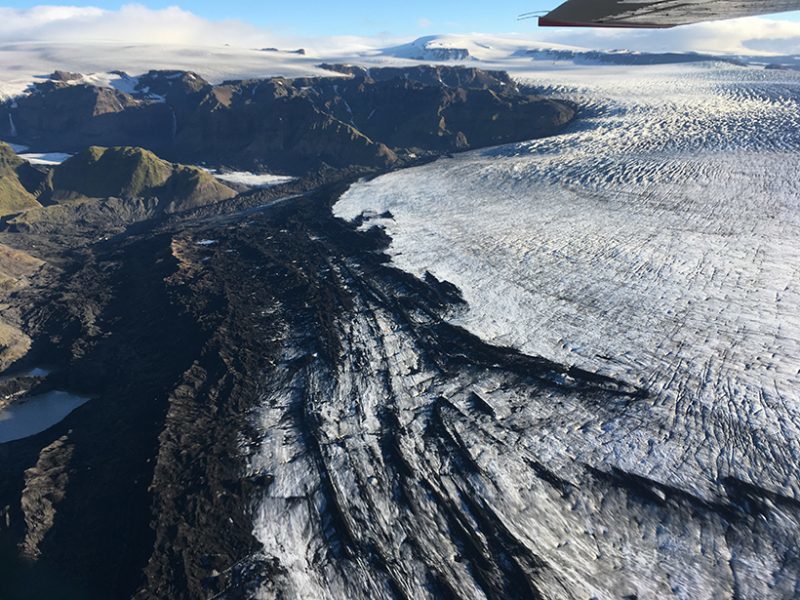
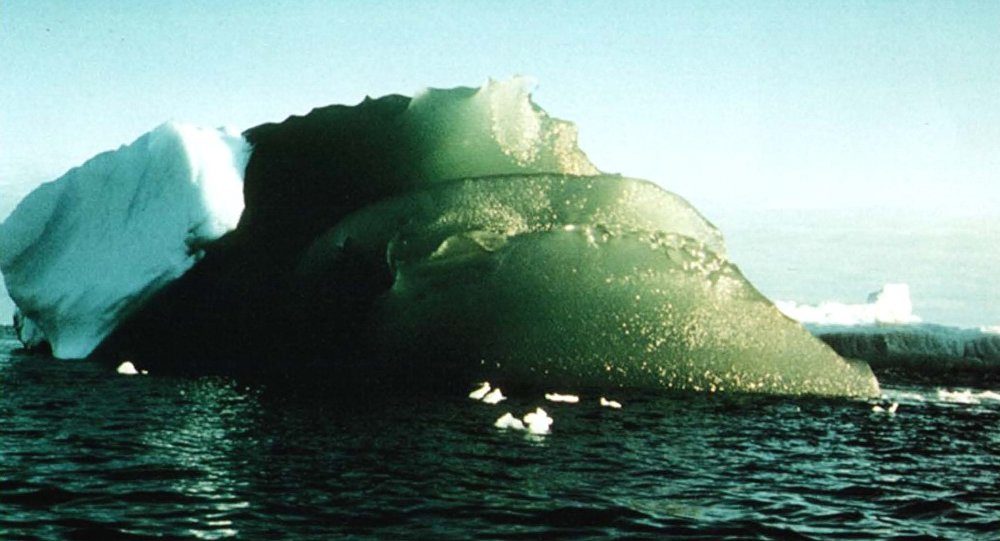
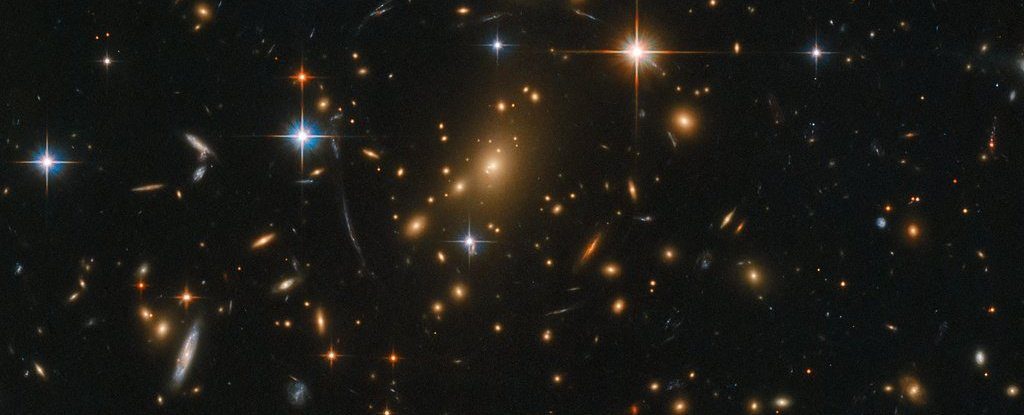





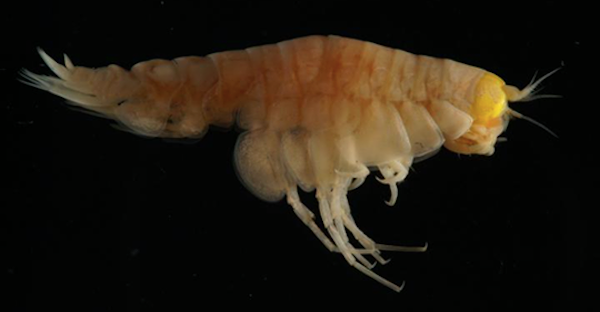

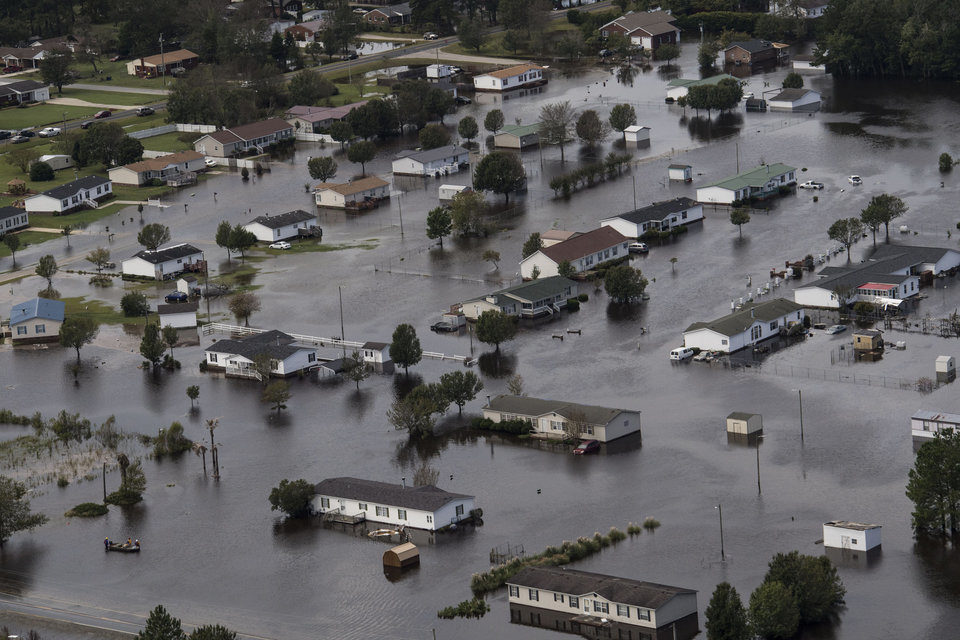



Comment: While it's clear that much greater forces are driving our planet's climate, it's notable what global warmists fail to include in their obviously erroneous models.
See:
- Volcanic eruptions, rising CO2, boiling oceans, and why man-made global warming is not even wrong
- Professor Valentina Zharkova explains and confirms why a "Super" Grand Solar Minimum is upon us
- Greenland getting colder says 15 years of data but global warmists 'fill in the gaps' to convince themselves otherwise
And check out SOTT radio's: Behind the Headlines: Earth changes in an electric universe: Is climate change really man-made?